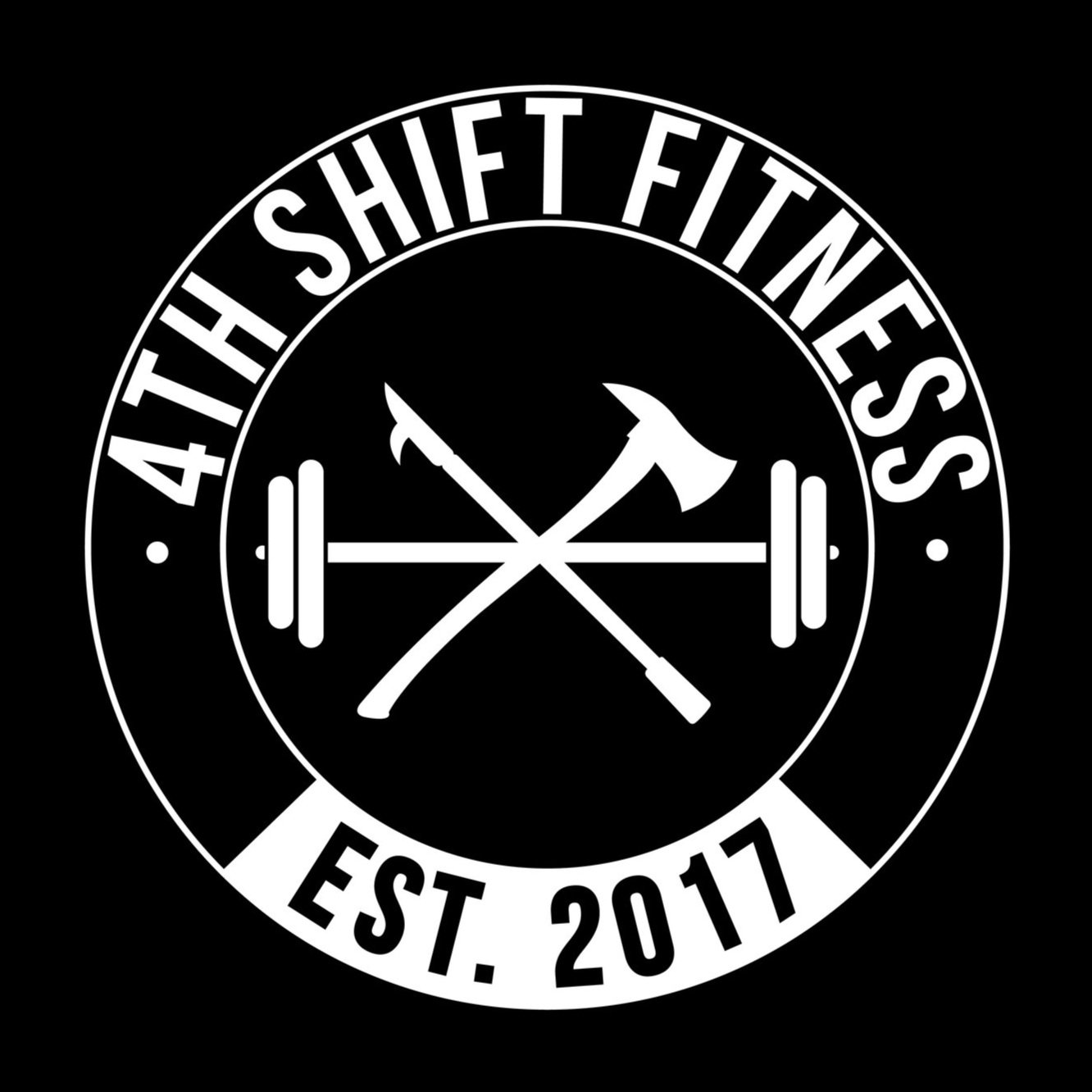It ain’t no cha-cha slide or even an electric one, but it sure is slippery. How many times do you hear something like, “Oh, I was doing good on my (diet, workouts, plan, routine, whatever) until the holidays, then I just fell off track.” So, let’s take an overly critical eye at this thing. If we look at the following dates between November and Feb, we have Thanksgiving, Friendsgiving, Christmas Eve, Christmas Day, New years eve, and Valentine’s Day. That’s six, SIX meals, not 37, six. However, the holiday season doesn’t end there, March comes around and you have my birthday and St. Patrick’s Day. While we’re counting, might as well just keep the slide going all the way to Easter. But, now you’re only up to nine overeating fiascos. Nine meals over the course of six months. Half of the year is Holiday Season! So, here’s what I say to that, fooey. You’re better than letting nine meals take over your progress. Those nine meals shouldn’t be looked at as some ominous event that is sure to derail your progress and stall your health for half the year. They are celebrations, so treat them like it. Eat like a complete disaster, then get back at it.
Now, there is one part of this six-month slide that I can’t deny, the counter top. At home and at work there will be an endless supply of over sweet, and supremely awesome stuff sitting out on that counter top. Death, taxes, and pie. To just say ‘be an adult and get a grip’ doesn’t work. I know because I’ve been trying to be an adult for a while now and it’s not sticking. There are some undeniable truths though, when it comes to over snacking on these things.
First, you can’t reason with your body. There is no way to let your stomach or digestive system know that it is Christmas and they can just take a break from storing sugar. They do their job every minute of every day without regard for occasion.
Second, you and I both know that the only reason we indulge in these things is because of taste and feel. We are absolutely not eating for performance or even sustenance. We are eating for pleasure and to call it anything different is just plain old fibbin.
Third, we know the end result. The thing about the Holiday Season is that it is consistently placed on the Calendar. We know the routine and how our food choices affect the next day, week and year. Besides learning how much harder it is to keep the weight off each year, there shouldn’t be many surprises left when it comes to eating dessert for each meal, for three months.
What we have now is called informed consent. While knowing and understanding the risks and benefits of over consumption, you take over the risk and liability for your actions. The point of this isn’t to shame, but to get a handle on the situation. My plan is to eat like an absolute maniac during the meals, wear your safety glasses in case my buttons go flying and pay attention to what I’m doing in the months between. There is no rule that says you have to gain weight over the holidays. But, there’s also nothing besides your choices keeping it off.








